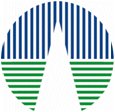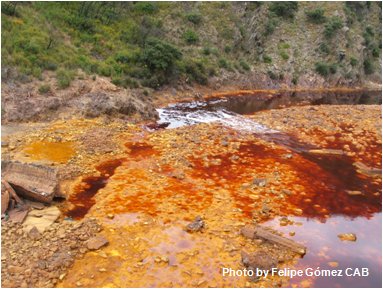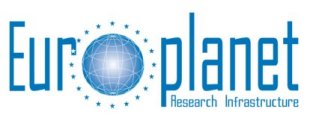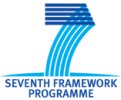Rio Tinto field siteProvided by: Astrobiology Center (CAB); INTA Homepage: |
 |
Scientific Contact:Felipe Gómez GómezExtremophiles Laboratory Carretera de Ajalvir, Km 4 Torrejón de Ardoz Madrid, Spain Email: Phone 00 34 91 520 6461 Fax 00 34 91 520 1074 |
Local administrative contact (once a TNA visit is awarded):Mari Paz BlancoCoordinación y Planes INTA Email: Phone 00 34 91 520 1690 Fax 00 34 91 520 1612 |
Facility Description
|
Provided by: Astrobiology Center (CAB); INTA The Tinto River (Iberian Pyritic Belt) is an unusual acidic ecosystem (100 km long, mean pH 2.3) containing a high concentration of heavy metals (Fe, Cu, Zn, As and Cr) and an unexpected level of microbial diversity (Bacteria, Archaea and Eukaryotes). In the past, the extreme conditions of the river were considered the result of intense mining activity. Geomicrobiological analysis of the Tinto ecosystem strongly suggests that these conditions are the result of the metabolic activity of chemolithotrophic prokaryotes, mainly iron- and sulfur- oxidizers. The system seems to be controlled by iron, which is not only used as an electron donor, but also as an electron acceptor, allowing a full iron cycle to operate. Furthermore, ferric ion is responsible for the maintenance of the constant pH of the ecosystem and can protect the different organisms thriving in its waters from radiation. Laminar, iron-rich stromatolitic formations are generated by the precipitation of different iron minerals on the surface of the biofilms that cover most of the rocks in the river. These structures are similar to ancient massive bioinduced laminated iron formations formed long before the first mining activities started in the area 5000 years ago. Given these characteristics, we postulate that the Tinto River operates as a Gaian system in which the (extreme) environmental conditions are generated and regulated by the biological components of the ecosystem. This place has been used for space missions instrument testing in several projects. |
 |
Facility References
Selected relevant publications
The Tinto River: a Gaian extreme environment.
F. Gómez, D. Fernández-Remolar, González-Toril, E. and R. Amils. In Scientists on Gaia 2000, L. Margulis, J. Miller, P. Boston, S. Schneider, E. Crist (eds.), pp. 321-334. MIT Press, Boston. (2004)
Some ecological mechanisms to generate habitability in planetary subsurfaces areas by chemolithotrophic communities: the Río Tinto subsurface ecosystem as a test.
Fernández-Remolar, D., Gómez, F., Prieto-Ballesteros, O., Schelble, R.T., Rodríguez, N., Amils, R. Astrobiology 1, 8. pp. 157-173 (2008) DOI: 10.1089/ast.2006.0022
Underground habitats found in the Río Tinto Basin: an approach to Mars subsurface exploration.
Fernández-Remolar, D., Prieto-Ballesteros, O., Rodríguez, N., Gómez, F., Amils, R., Gómez-Elvira, J., Stevens, T., Stoker, C. Astrobiology 8, 5. pp 1023-1047 (2008) DOI: 10.1089/ast.2006.0104
For information on the Europlanet TNA programme contact:
Professor N J Mason, Department of Physics and Astronomy, The Open University, Walton Hall. Milton Keynes, MK7 6AA
Email (preferred method of contact)


